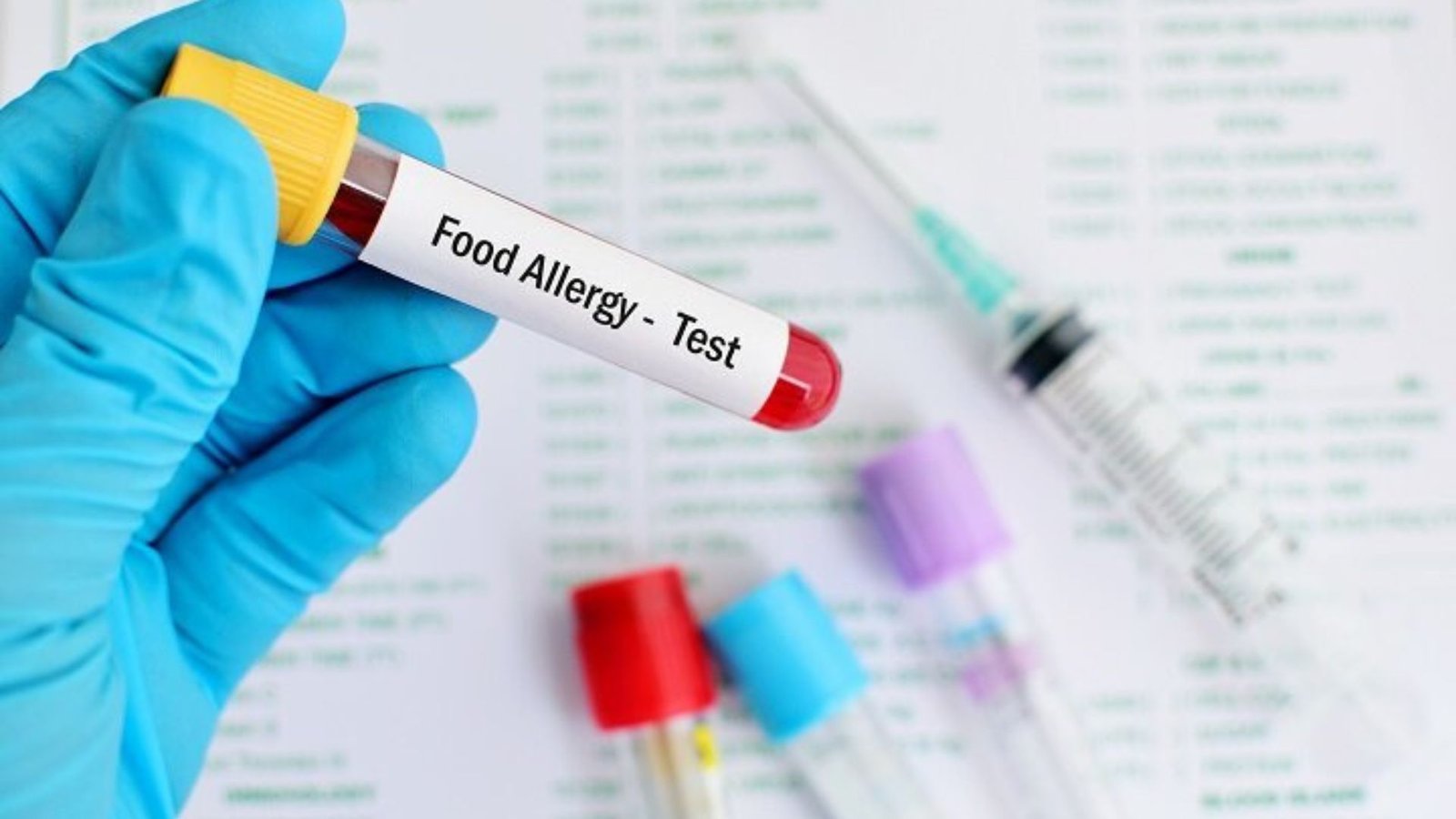
Food allergy testing is essential for identifying allergens and keeping individuals, especially children, safe. It helps pinpoint specific foods that trigger allergic reactions, allowing for effective management and prevention. If you suspect a food allergy, understanding the testing process and types of tests available can guide you in making informed decisions about your health.
Why Food Allergy Testing Matters
Food allergies can cause a variety of reactions, ranging from mild symptoms like itching and swelling to severe responses such as anaphylaxis. Identifying the exact allergens is the first step in managing these reactions. Food allergy testing provides accurate results, enabling healthcare providers to create a tailored plan to avoid trigger foods. It also gives individuals the confidence to know which foods are safe to eat and which to avoid.
Types of Food Allergy Tests
Several methods exist for food allergy testing, each with its advantages and limitations. The most common tests include skin prick tests, blood tests, and oral food challenges.
Skin Prick Test (SPT): During this test, healthcare providers apply small amounts of potential allergens to the skin and make a small prick to let the substances enter. If a person is allergic, a small raised bump, similar to a mosquito bite, will appear. This test is quick and commonly used, but it may not be suitable for everyone.
Blood Test: A blood test measures the level of specific antibodies (IgE) in response to an allergen. It’s often used when skin prick tests aren’t appropriate or when a person has certain skin conditions. Blood tests can also detect allergies to a wider range of foods.
Oral Food Challenge: This test is considered the gold standard for diagnosing food allergies. Under medical supervision, the individual consumes gradually increasing amounts of the suspected allergen to see if a reaction occurs. While this test is the most reliable, it carries some risk, so it’s conducted in a controlled environment like a hospital or allergy clinic.
Preparing for Food Allergy Testing
Before undergoing food allergy testing, consult your healthcare provider. They can guide you through the process and ensure you understand what to expect. Be sure to mention any medications you or your child are taking, as some antihistamines can affect test results. Your doctor will also ask about any allergic reactions you’ve experienced to determine which foods to test for. Follow all instructions to ensure accurate results.
What to Expect After the Test
Once the test is completed, your healthcare provider will explain the results. If the test shows that you or your child has a food allergy, the next step is to create an allergy management plan. This plan will include strategies to avoid allergens, emergency steps in case of accidental exposure, and whether epinephrine is necessary. If the test is negative but you still suspect an allergy, your doctor may recommend further tests or ongoing monitoring.
Conclusion
Food allergy testing plays a vital role in managing food allergies. It helps you identify which foods trigger allergic reactions and create a personalized plan for avoiding them. Whether using skin prick tests, blood tests, or oral food challenges, these tests provide clarity and safety for individuals with food allergies. Work closely with your healthcare provider to ensure accurate testing and follow-up care.











